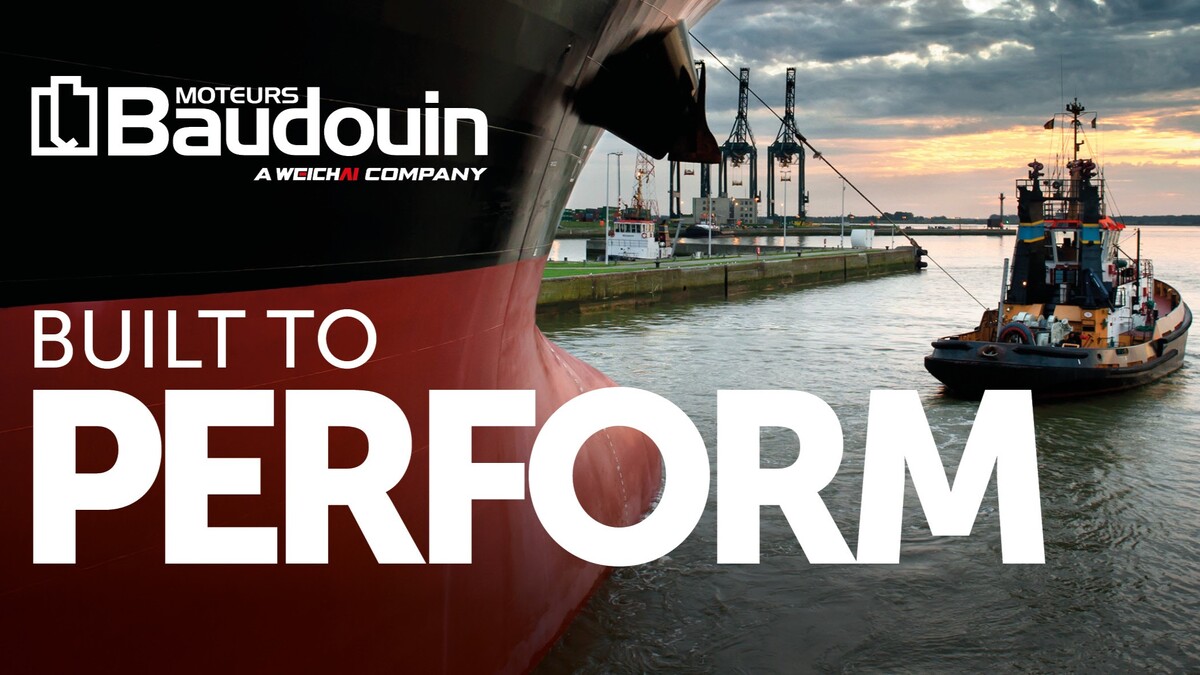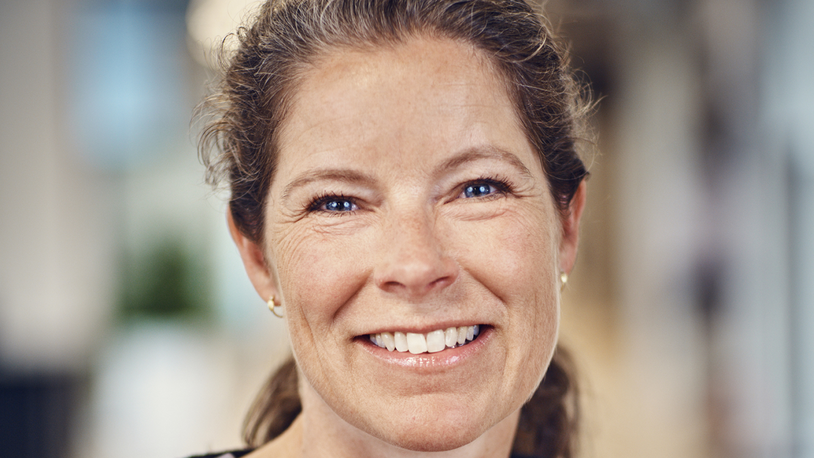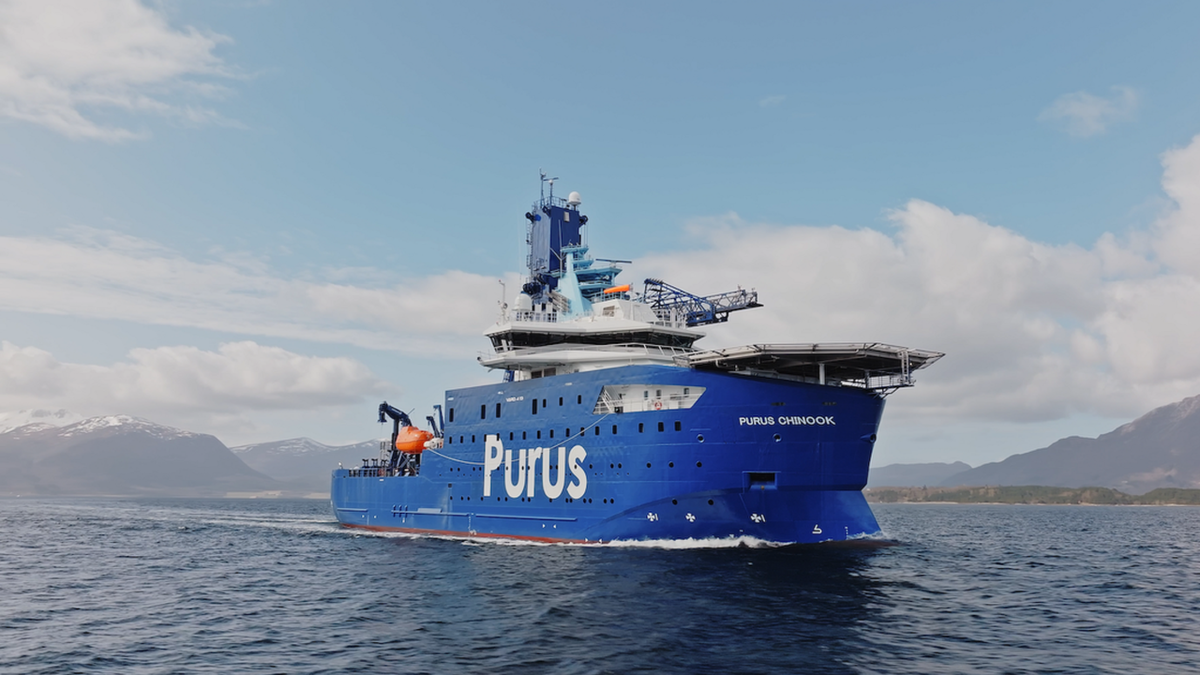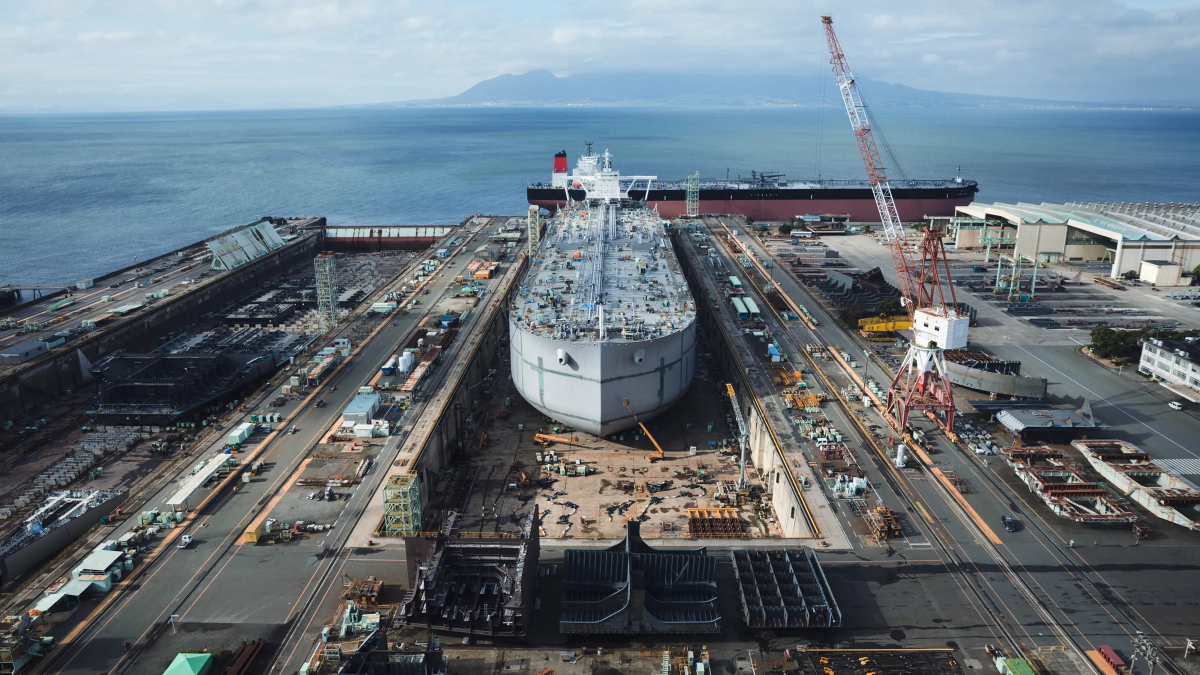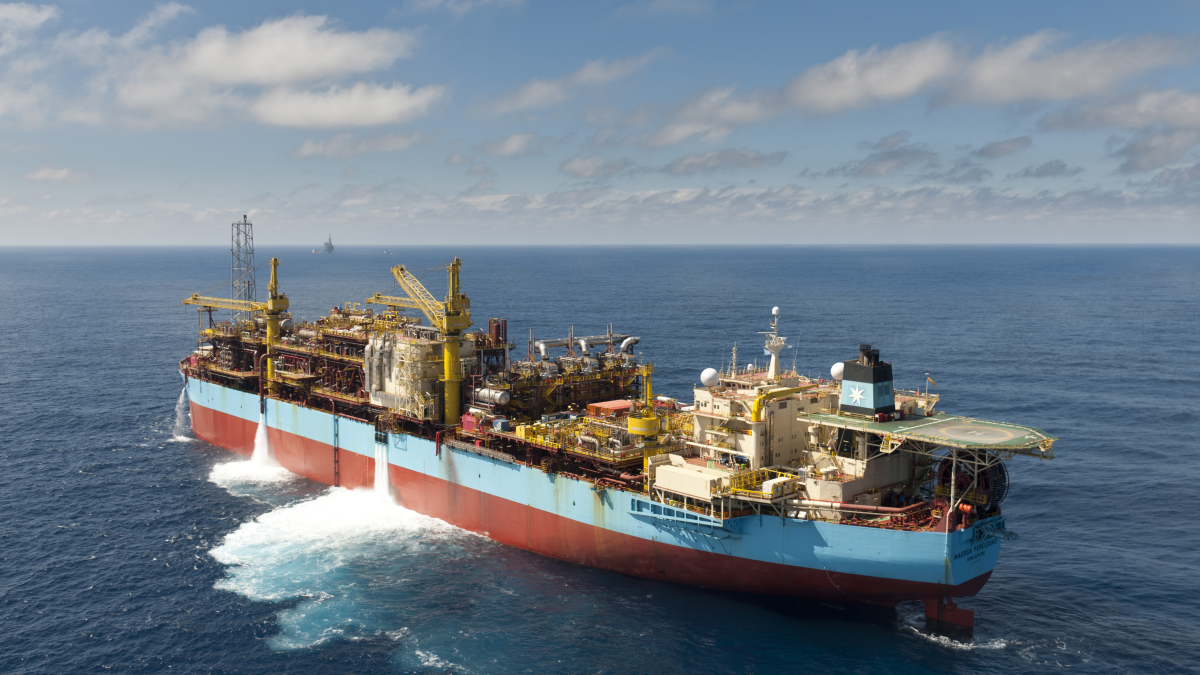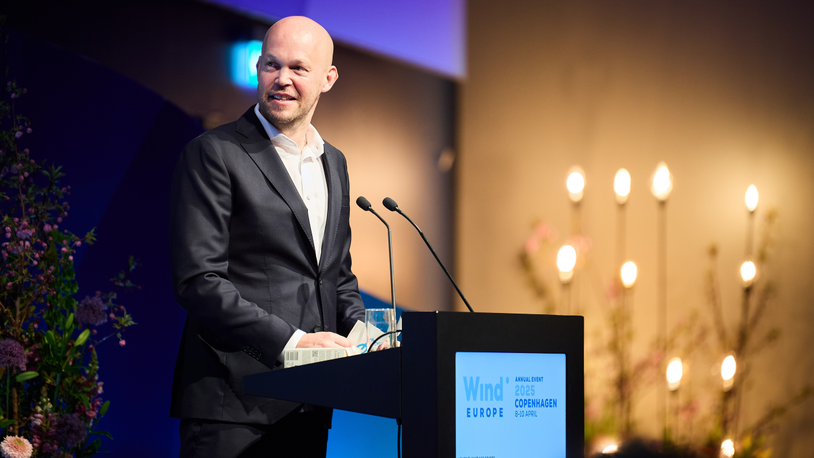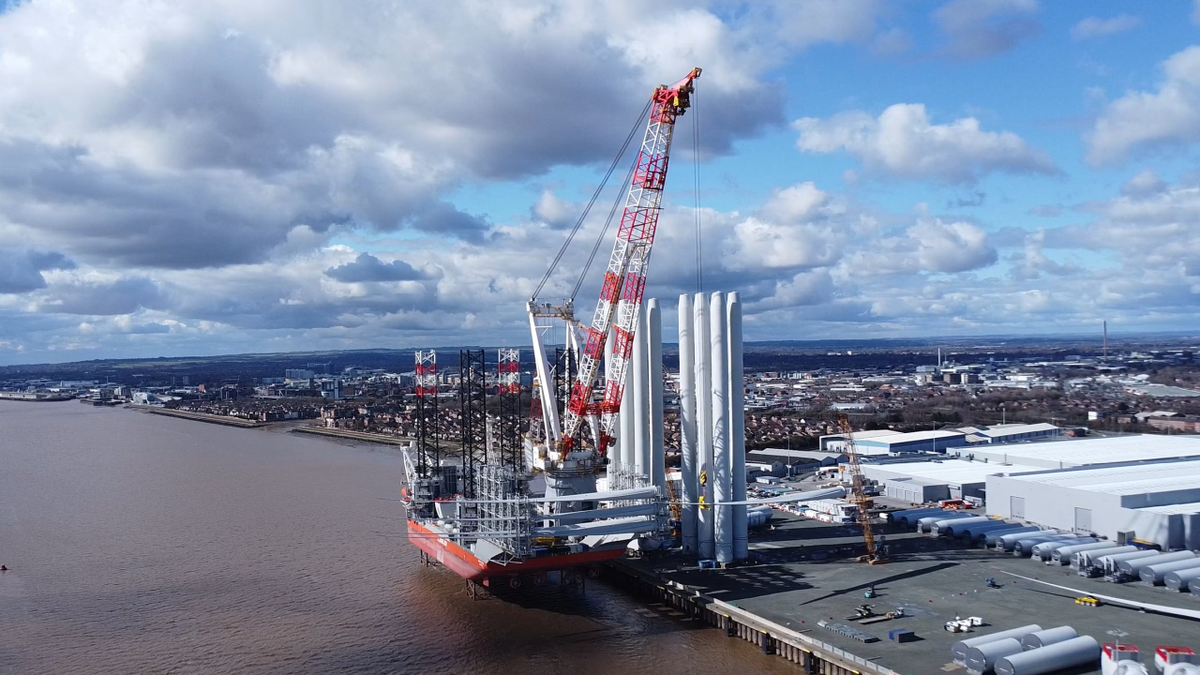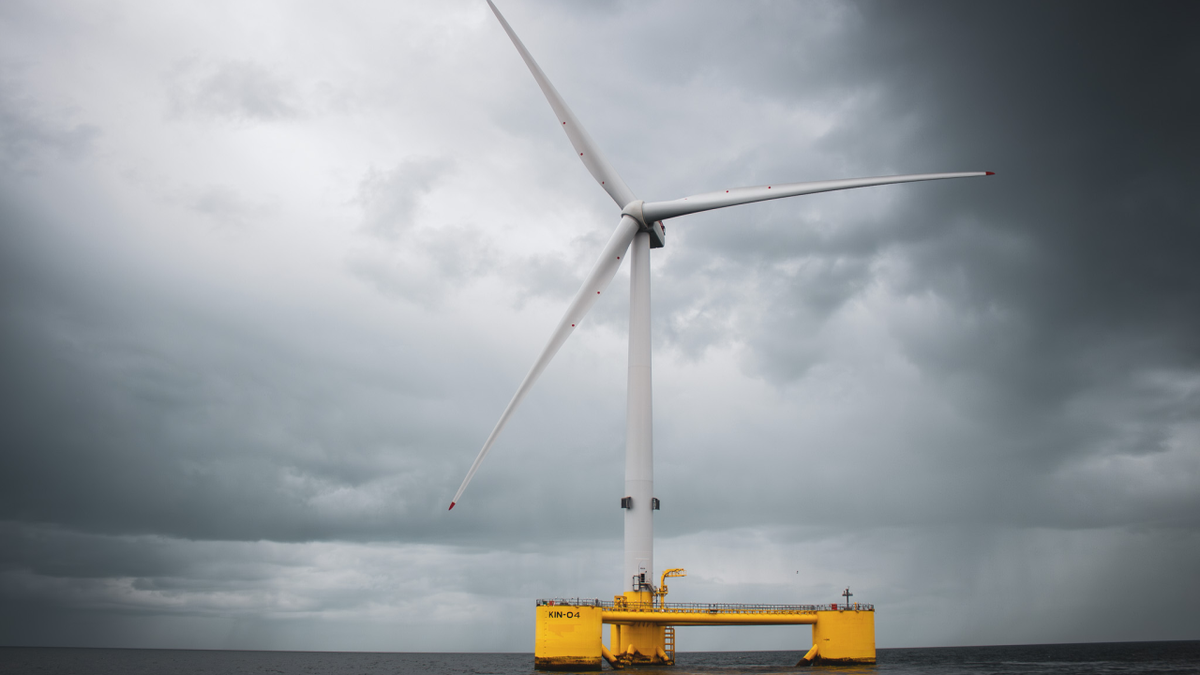Business Sectors
Contents
Changes to Danish offshore wind tender increase likelihood of success
Important changes to Denmark’s next offshore wind auction announced by the Danish Ministry of Climate, Energy & Utilities have been welcomed by industry association Green Power Denmark
After a recent auction for offshore wind failed to secure any bids, the Danish Energy Agency entered in to dialogue with offshore wind developers and the supply chain. As a result, and under the terms of a political agreement first unveiled in May 2025, it was decided that Denmark’s next auction will make use of a two-sided Contract for Difference (CfD).
More recently, on 7 November 2025, the Ministry announced that the conditions for the auction first agreed in May had been ‘adjusted,’ although the overall budget has not been increased and it remains the Danish government’s intention to seek bids from developers to build windfarms in three areas: Hesselø, North Middle Sea and North Sea South.
Responding to the announcement, Green Energy Denmark said the adjustment increases the likelihood that at least two projects will move forward following the upcoming auction. “It also signals that the authorities want to get off to a strong start and ensure a solid initial level of capacity,” Green Power Denmark said. Green Power Denmark director of renewable energy production Camilla Holbech said she expects the tender to be launched at the end of November, as planned.
Aegir Insights regional lead Europe, Thomas Young Hwan Westring Jensen explained that compared to the framework originally set out by the Ministry, the budget for North Sea Middle has been increased from Dkr11.4Bn (US$1.8Bn) to Dkr19.6Bn. The level of support for Hesselø remains the same, but the capacity to be procured has been reduced to 800 MW. The budget for North Sea South has been halved, from Dkr16.4Bn to Dkr8.2Bn and the project has been delayed by a year.
Mr Hwan Jensen said the changes mean the business case for Hesselø has improved. “Reducing the capacity to be built there reduces capex and boosts yield per wind turbine,” he explained. The adjustments also mean the level of support per MW has increased.
Mr Hwan Jensen believes the changes have also significantly improved the viability of North Sea Middle, “shifting returns from challenging to the lower end of acceptable levels.” However, he said halved support for North Sea South “pushes expected returns below what’s normally seen as acceptable IRR levels, increasing the risk of no bids.”
Although Green Power Denmark hopes two projects will proceed as a result of the changes, modelling by Aegir Insights suggests only Hesselø has what he described as “a robust business case.” He said the two North Sea sites “remain highly sensitive to lower future power prices.”
ABL group growth director John MacAskill said, “On paper, it’s a technical adjustment, but underlying it is something more important, a recognition that Europe’s auction models need recalibration. The framework maintains state support at the same level, but shifts where and when that support lands.
“The Danish adjustment may look administrative, but it’s part of a wider European awakening, a move from ideology to execution, from auctions designed for spreadsheets to frameworks designed for reality.”
Riviera’s Offshore Wind Journal Conference will be held in London on 2 February 2026. Use this link for more information and to register for the event.
Related to this Story
Events
International Bulk Shipping Conference 2025
Tankers 2030 Conference
Maritime Navigation Innovation Webinar Week
© 2024 Riviera Maritime Media Ltd.

